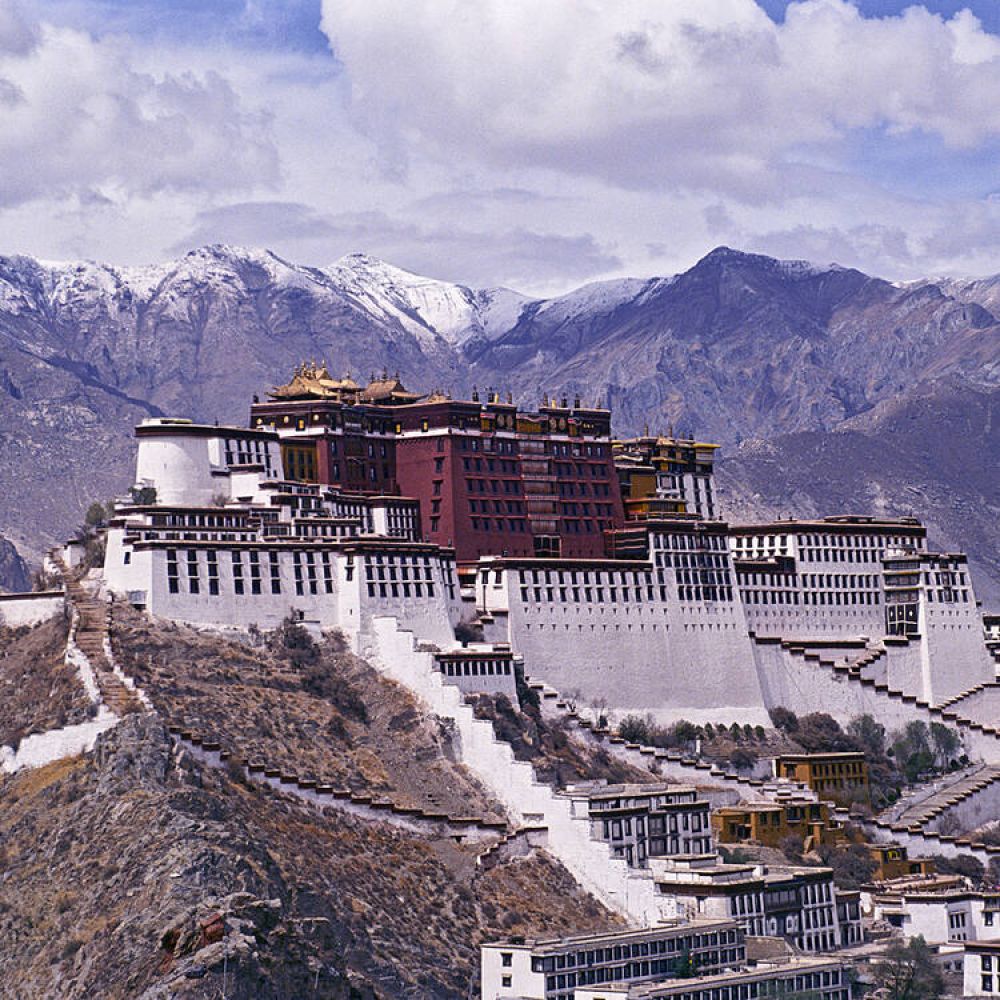

Lhasa, the capital of the Tibet Autonomous Region of China, is one of the most venerated and mystical destinations in the world. Rich in history and culture, Lhasa has been a focal point for pilgrims and travelers for centuries.
The history of tourism in Lhasa can be traced back to ancient times when it was predominantly a pilgrimage center for Buddhists. The city is home to many significant Tibetan Buddhist sites, including the Potala Palace, Jokhang Temple, and several important monasteries. Pilgrims from across Tibet and neighboring countries would journey to Lhasa to visit these holy places, forming the earliest roots of tourism in the region.
It wasn't until the 20th century that Lhasa started to see non-religious tourists. The process began slowly as this remote city, nestled high in the Himalayas, was difficult to access. With China's effective control over Tibet established in the 1950s, the region opened up to foreign tourists. In the 1980s, the Chinese government began to encourage tourism in Lhasa as a means of economic development, constructing infrastructure to cater to visitors.
Since the beginning of the 21st century, there has been significant growth in the number of tourists visiting Lhasa. The construction of the Qinghai-Tibet Railway in 2006 was a game-changer, making trips to Lhasa much more accessible and increasing tourism substantially. Modern facilities, hotels, and improved transportation within the city have helped cater to the needs of tourists.
Lhasa's tourism industry is largely driven by its rich cultural heritage. Sites like the Potala Palace, once the winter residence of the Dalai Lama, and Jokhang Temple, considered the most sacred Buddhist temple in Tibet, are UNESCO World Heritage Sites and attract thousands of visitors annually. The city also hosts several cultural festivals throughout the year, including the famous Shoton Festival and the Tibetan New Year, which have become significant draws for tourists.
In recent years, Lhasa tourism has seen a shift towards more sustainable and responsible travel practices, with an emphasis on preserving the city's unique cultural identity and ecology. Ecotourism is emerging, with travelers seeking to experience the region's natural beauty without causing harm. Cultural exchanges and homestays are also becoming popular, allowing tourists to experience Tibetan life and traditions firsthand.
Moreover, with advancements in digital technology, virtual reality tours have gained traction, providing those unable to travel with a glimpse into Lhasa's spiritual and cultural wonders. However, the city continues to encourage respectful and controlled tourism to protect its cultural heritage.
Despite its success, tourism in Lhasa faces challenges, including environmental concerns and the need to balance economic benefits with cultural preservation. Efforts are on the way to ensure that tourism development is sustainable and responsible. The future of Lhasa's tourism industry looks to integrate modern technology and eco-friendly practices while safeguarding Tibetan culture and heritage.
The city will likely continue to develop and evolve as a tourist destination, maintaining its sacred allure and offering visitors a deeply enriching experience amid the majestic Himalayas.